A burst pipe can lead to extensive water damage, costly repairs, and a major inconvenience. While sudden failures are sometimes unavoidable, most bursts give warning signs beforehand. Knowing these signs can save your home from damage and your wallet from hefty repair bills. From unusual noises to visible leaks, identifying early indicators helps you take preventive measures. Here are ten warning signs that your pipes may be on the verge of bursting.
1. Water Pressure Fluctuations
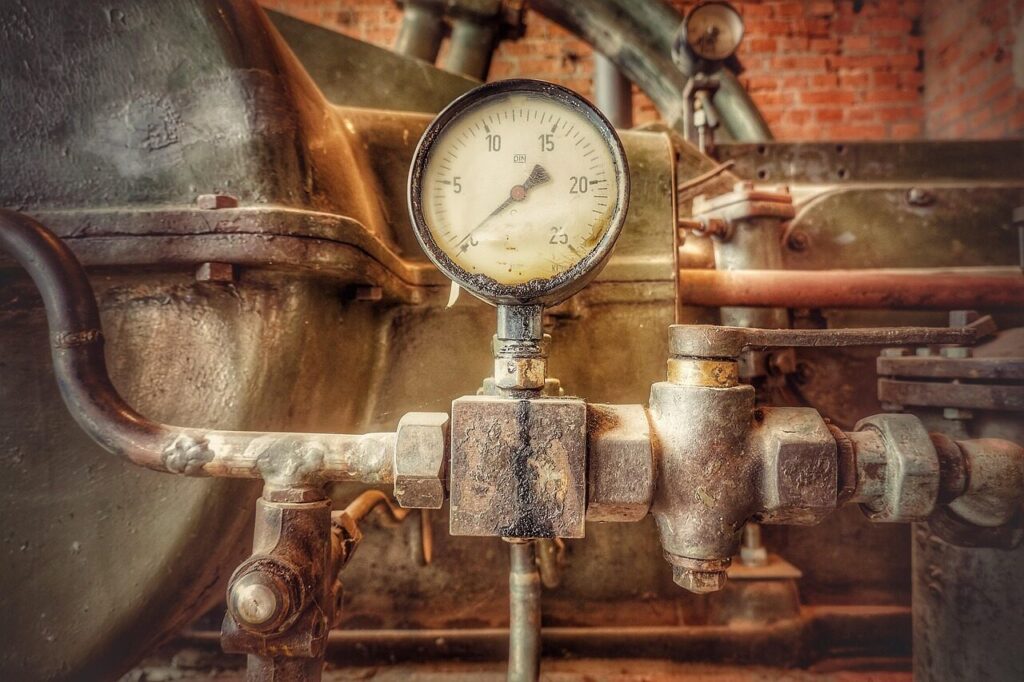
Sudden drops or spikes in water pressure can signal potential pipe failure. Fluctuating pressure may result from blockages, corrosion, or small cracks forming inside the pipes. If left unaddressed, these weak points can give way under constant water force, leading to a burst. Noticing low pressure in one area or unexpectedly high pressure in others should prompt an inspection. Monitoring your water flow regularly helps detect problems before they escalate into major repairs.
2. Visible Leaks or Water Stains
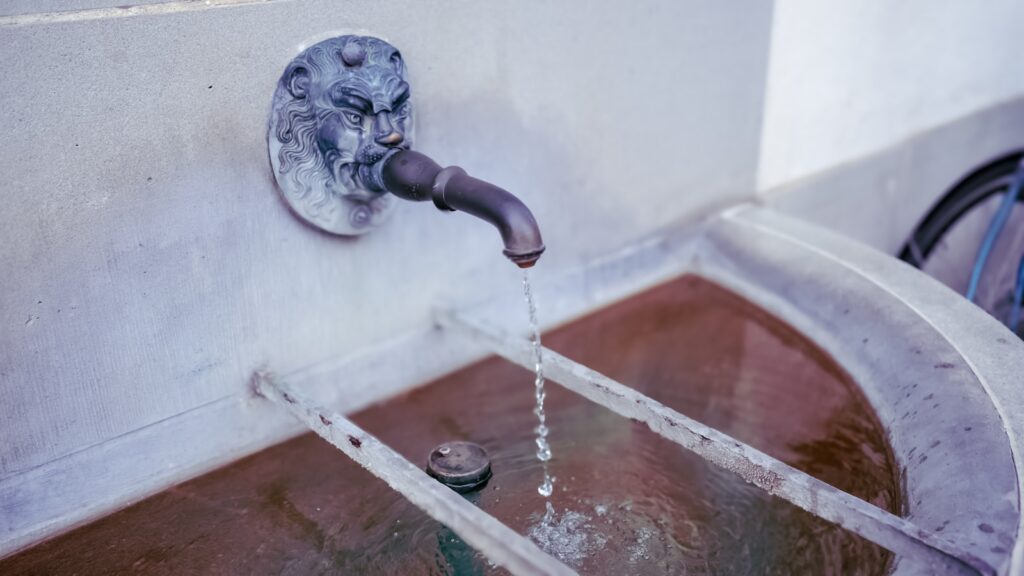
Even small leaks or unexplained water stains on walls, ceilings, or floors are serious warning signs. They indicate that a pipe may already be compromised and under stress. Over time, these leaks can grow, increasing the risk of a full rupture. Yellowing, bubbling, or peeling paint near plumbing is also a common symptom. Early detection allows you to repair minor leaks before they turn into a disastrous burst, saving both property and repair costs.
3. Mold Growth Near Pipes
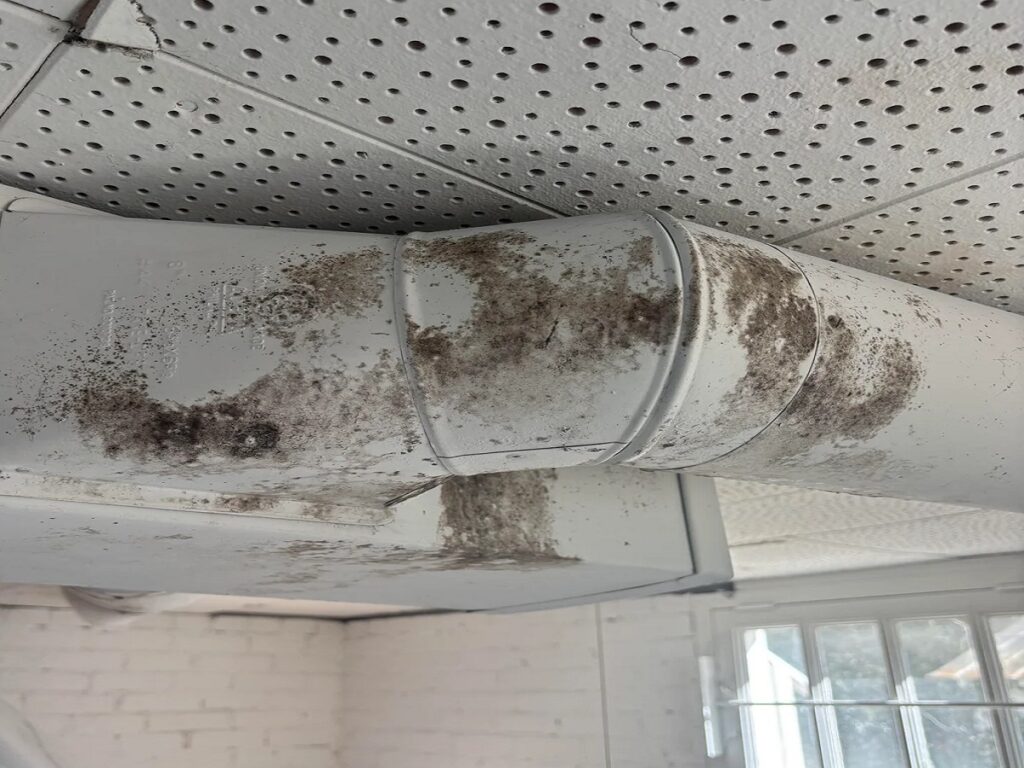
Mold appearing near pipes, under sinks, or behind walls indicates excessive moisture from leaks. Mold thrives in damp conditions and signals that water is escaping from stressed plumbing. If left unchecked, leaks can expand, leading to pipe bursts. Mold growth not only damages property but also poses health risks. Inspecting and repairing affected pipes prevents further spread. Addressing mold and leaks together ensures both plumbing and indoor air quality are maintained, avoiding costly and potentially hazardous emergencies.
4. Corroded or Rusty Pipes
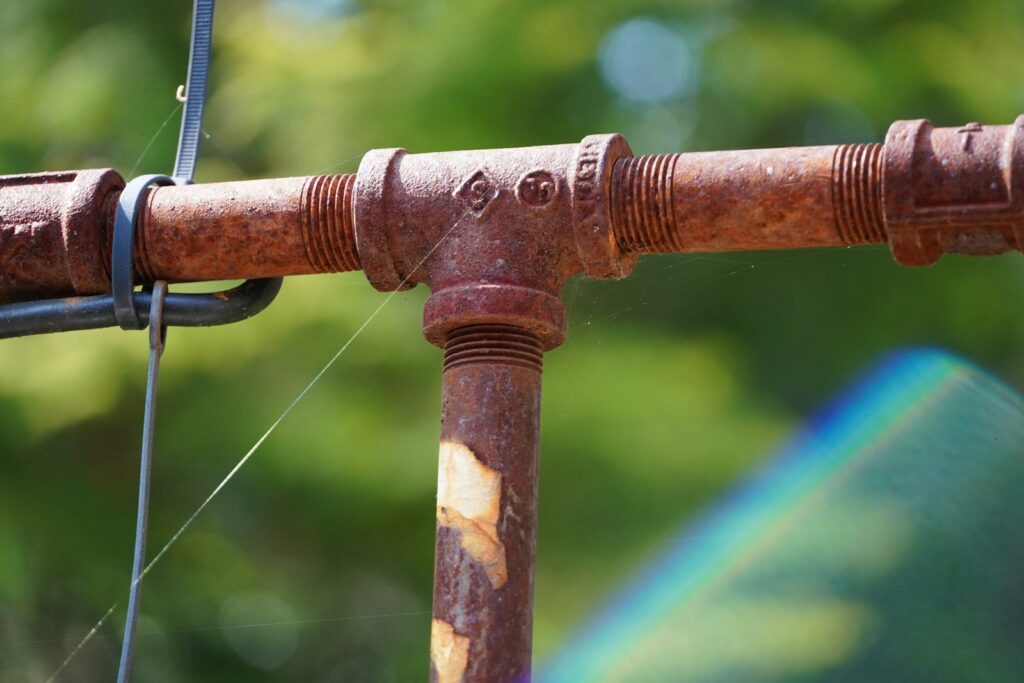
Pipes made from metal, particularly galvanized steel, are prone to corrosion over time. Rust weakens the pipe’s structural integrity, making it more likely to burst under pressure. Corrosion often appears as reddish-brown discoloration or flaking on exposed pipes. Once rust starts forming internally, it can reduce water flow and create blockages. Regular maintenance and replacing older pipes can prevent bursts and maintain a healthy plumbing system.
5. Unpleasant Odors from Drains
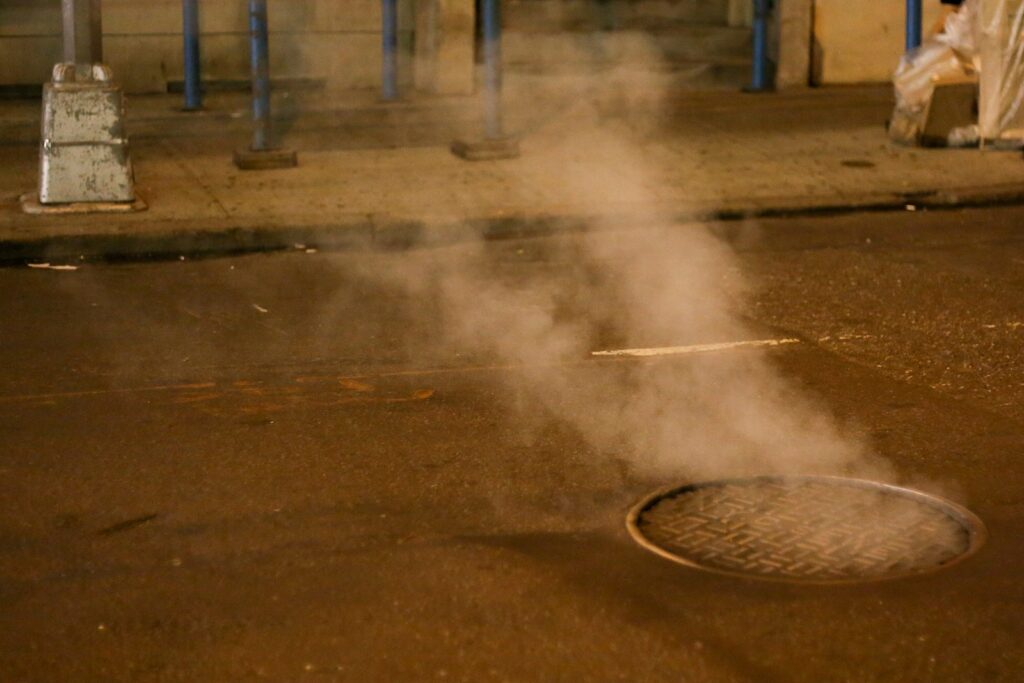
Persistent foul smells emanating from drains or around your plumbing fixtures can indicate leaks or stagnant water trapped within damaged pipes. Cracks or minor bursts allow water to seep into walls or floors, creating mold growth and unpleasant odors. Ignoring these smells may result in severe water damage and structural issues. Prompt investigation by a plumber ensures hidden leaks are addressed before they escalate into a full pipe failure.
6. Increased Water Bills
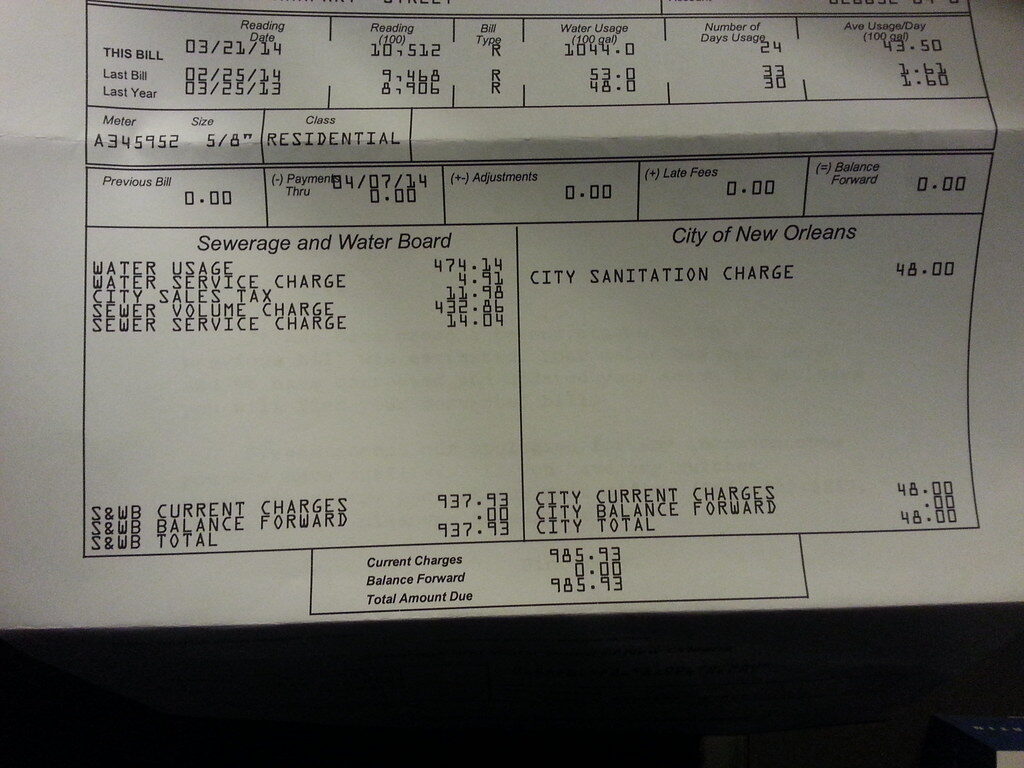
A sudden spike in your water bill without increased usage is often a hidden sign of leaking pipes. Even small, slow leaks inside walls or under floors can waste gallons of water over time. This not only affects your finances but also weakens pipe walls, increasing the likelihood of a burst. Monitoring your bills and comparing usage monthly can help detect hidden leaks early, giving you the chance to fix the issue before catastrophic damage occurs.
7. Frosted or Frozen Pipes
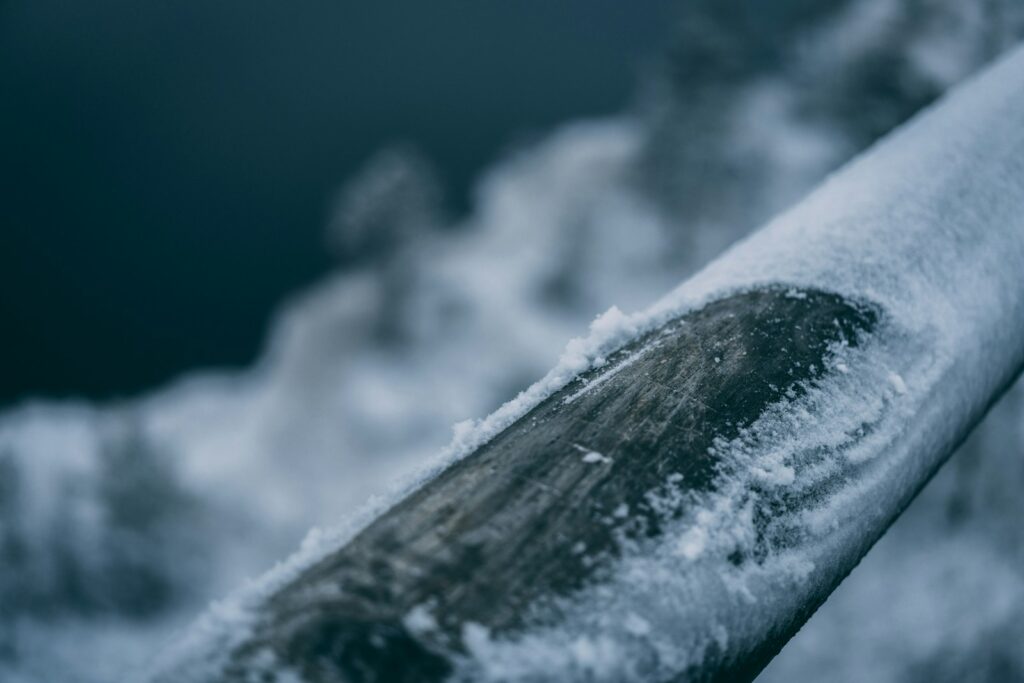
In colder climates, pipes exposed to freezing temperatures can become frozen and expand, causing cracks or bursts. Frosted pipes, or visible ice buildup, are an immediate warning sign that your plumbing is at risk. A frozen pipe under pressure may rupture suddenly, flooding your home. Insulating vulnerable pipes, keeping a trickle of water flowing, and maintaining a warm indoor temperature are essential preventive measures during the winter months.
8. Slow Draining Sinks or Tubs
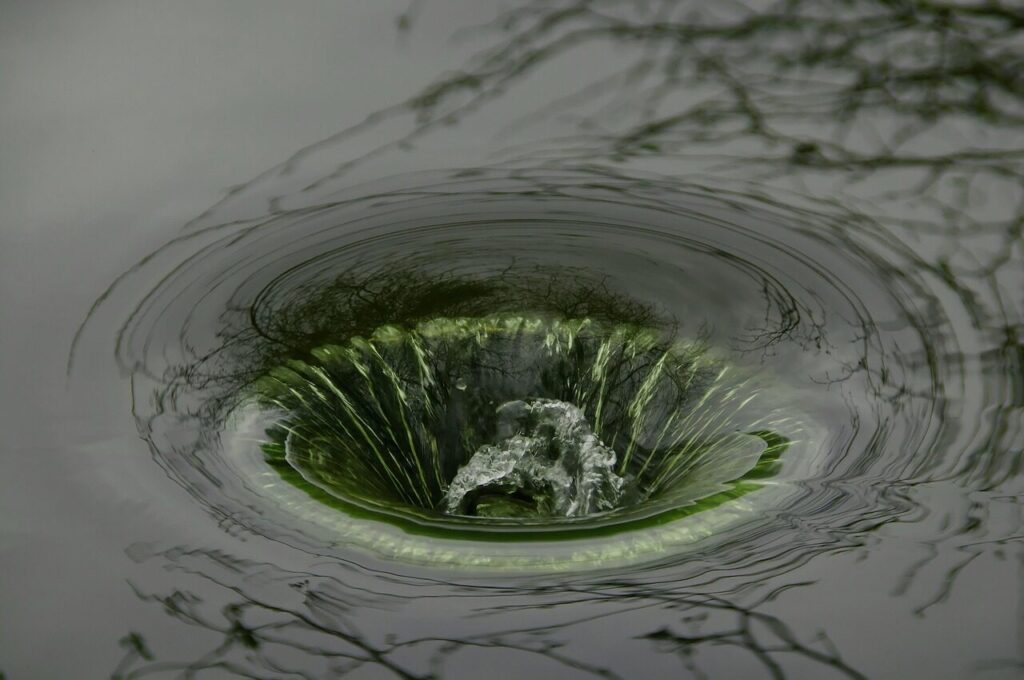
If your sinks, bathtubs, or showers are draining slowly, it could indicate partial blockages or sediment buildup inside your pipes. Over time, the accumulation of debris increases pressure, weakening pipe walls. Ignoring this sign may result in pipes bursting at their weakest points. Regularly clearing clogs and scheduling inspections helps maintain proper flow and reduces the risk of unexpected ruptures, ensuring your plumbing system stays safe and functional.
9. Cracks in Walls or Flooring Near Pipes
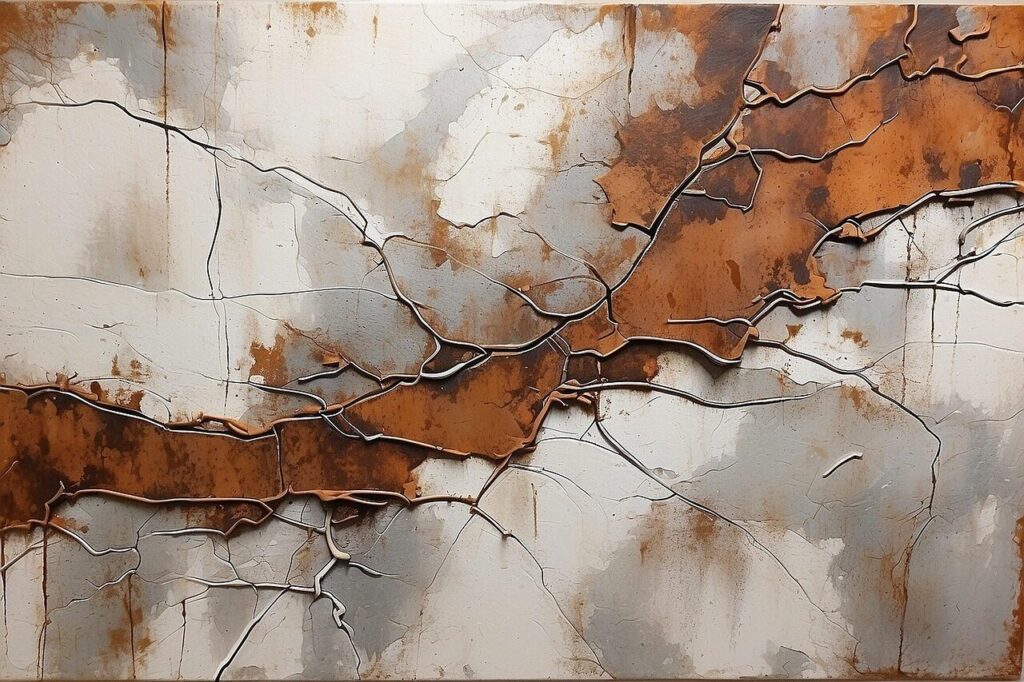
Structural cracks near plumbing areas are often overlooked but can indicate leaking or expanding pipes underneath. Water pressure inside compromised pipes can shift floors or walls, creating visible cracks. These cracks may start small but can widen as the underlying issue worsens. Addressing visible damage early and inspecting pipes behind walls can prevent full-scale bursts, reducing repair costs and avoiding water damage to your property.
10. Discolored or Cloudy Water
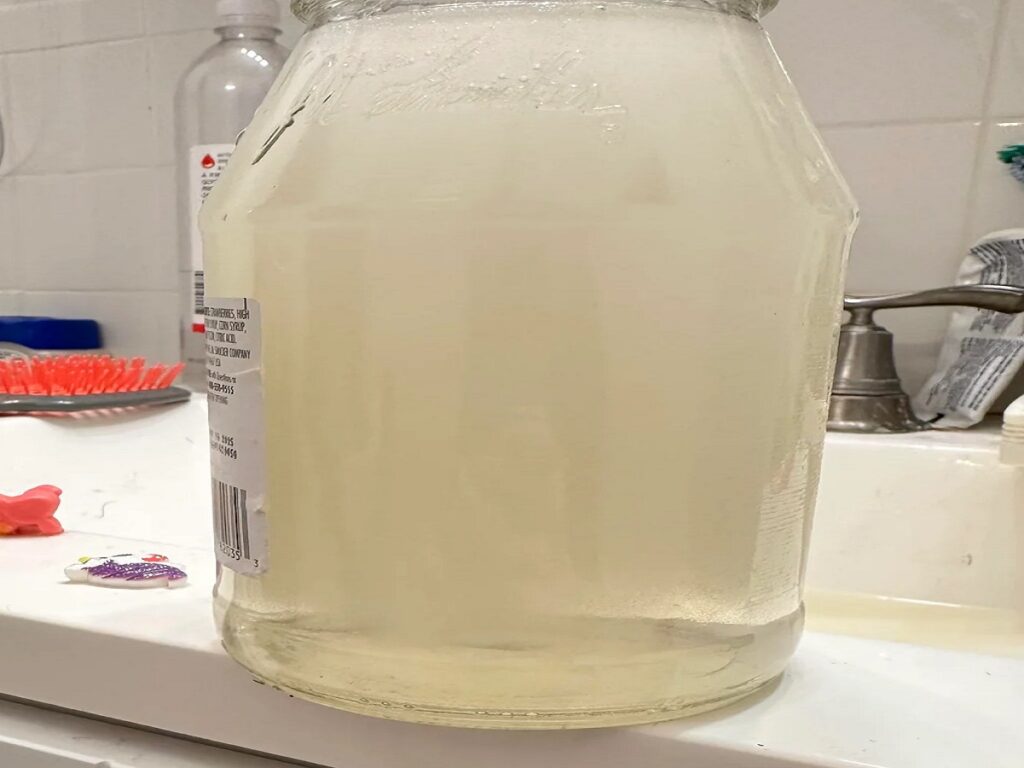
If water coming from faucets appears cloudy, brown, or has an unusual taste, it can indicate internal pipe corrosion or rust particles. This often precedes leaks or bursts in aging plumbing systems. Discolored water shows that the pipes are deteriorating from the inside, weakening their structure. Regular monitoring of water quality and replacing old, corroded pipes is crucial to prevent sudden ruptures, ensuring safe, clean water, and preventing major water damage
Comments